Not Found
The page you’re looking for has been deleted, or the product you’re searching for is discontinued. Please Contact Us if you’ve any questions. Thanks.
Browse Hottest Products
-

MAD Dexterity CM4530 380KV Brushless Motor for Long Range FPV Racing Cinelifter Drones
$97.00 Supplier: MAD Components
-

13.56MHz NFC Tag Card
$3.95 Supplier: SB Components
-
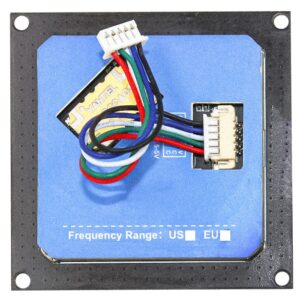
UHF Lite Module
$100.00 Supplier: SB Components
-

Touchsy – 3.2″ Touch LCD Display Hat for Raspberry Pi
$51.24 Supplier: SB Components
-

UBlox GPS-RTK Breakout
$592.00 Supplier: SB Components
-
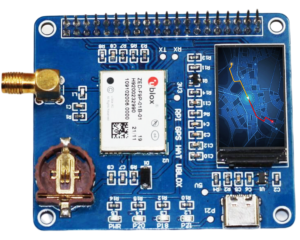
UBlox GPS-RTK HAT Board
$557.50 Supplier: SB Components
-

X-TEAM XTI-2445 Inrunner Brushless Motor for 1/16th R/C car
$13.00 Supplier: X-Team
-
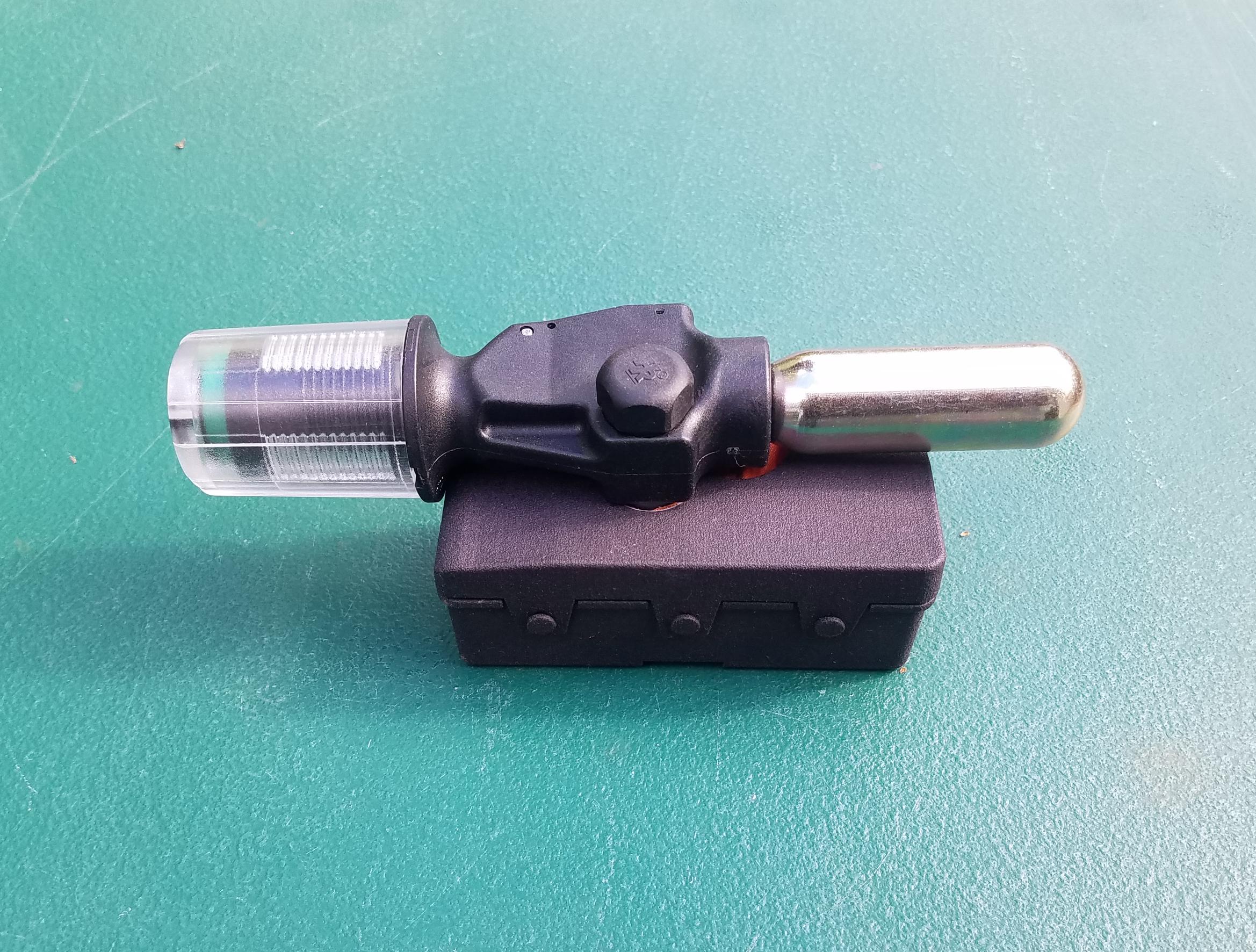
Drone-Retriever Water Recovery Device DR14
$89.00 Supplier: Drone Retriever
-

Drone-Retriever Water Recovery Device DR9
$85.00 Supplier: Drone Retriever
-
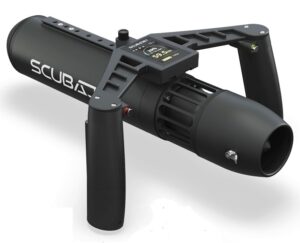
Scubajet Pro All-in-One Kit SUP Underwater Scooter – Dive, Swim and Snorkel
$2,350.00 Supplier: Scubajet
-

Portable Power Station Oscal Powermax 3600, 3600W, 3600Wh
Sale! Original price was: $2,599.00.$1,699.00Current price is: $1,699.00. Supplier: Oscal
-
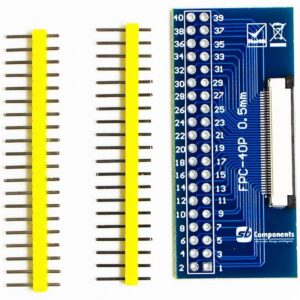
FFC FPC 40 Pins and 50 Pins 0.5mm Pitch to DIP 2.4mm PCB Converter Board – Top Contact
$3.10 Supplier: SB Components
-

OSCAL Tiger12 Mobile Phone with Top-Notch Performance and Super Clear Ultra Fast Camera 24GB+256GB/ Android13 Unlocked Phone, 5000mAh, 64MP, 33W Fast Charge, NFC
$239.99 Supplier: Oscal
-

ROLA PetPal Multifunctional Pet Care Camera Robot
Sale! Original price was: $259.00.$229.00Current price is: $229.00. Supplier: EnaBot
-

30W Smallest Portable Ultrasonic Cutter: Magicutter
$238.00 Supplier: Corebingo
-
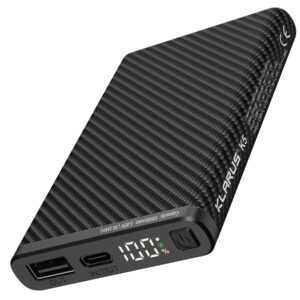
Klarus K5 Carbon Fiber Lightweight Waterproof Power Bank
$59.99 Supplier: Corebingo



